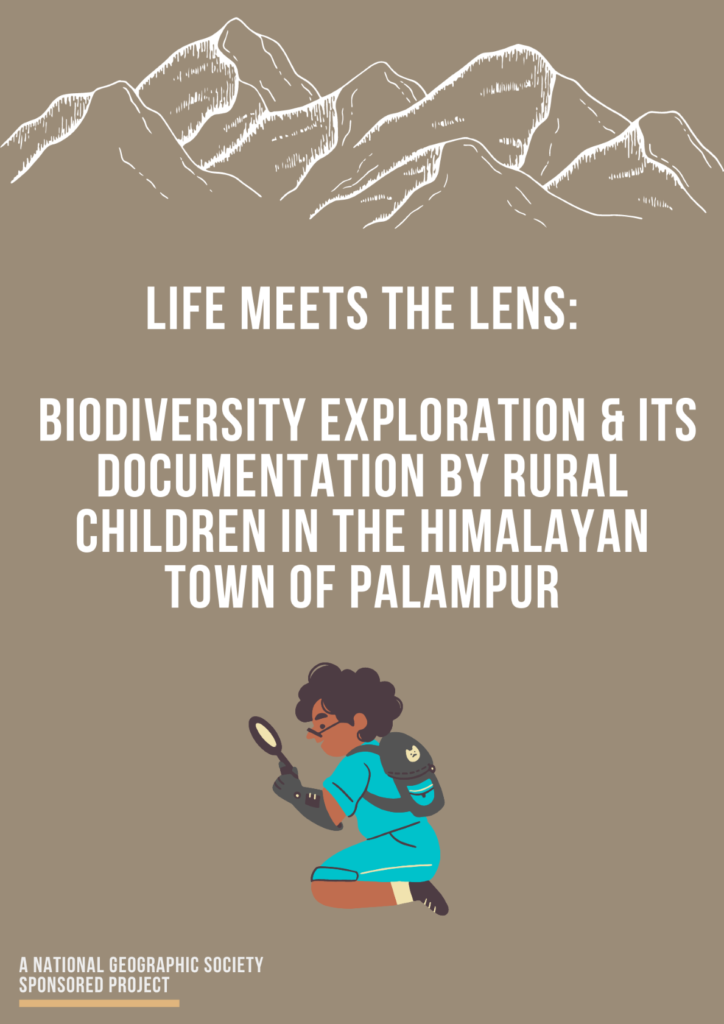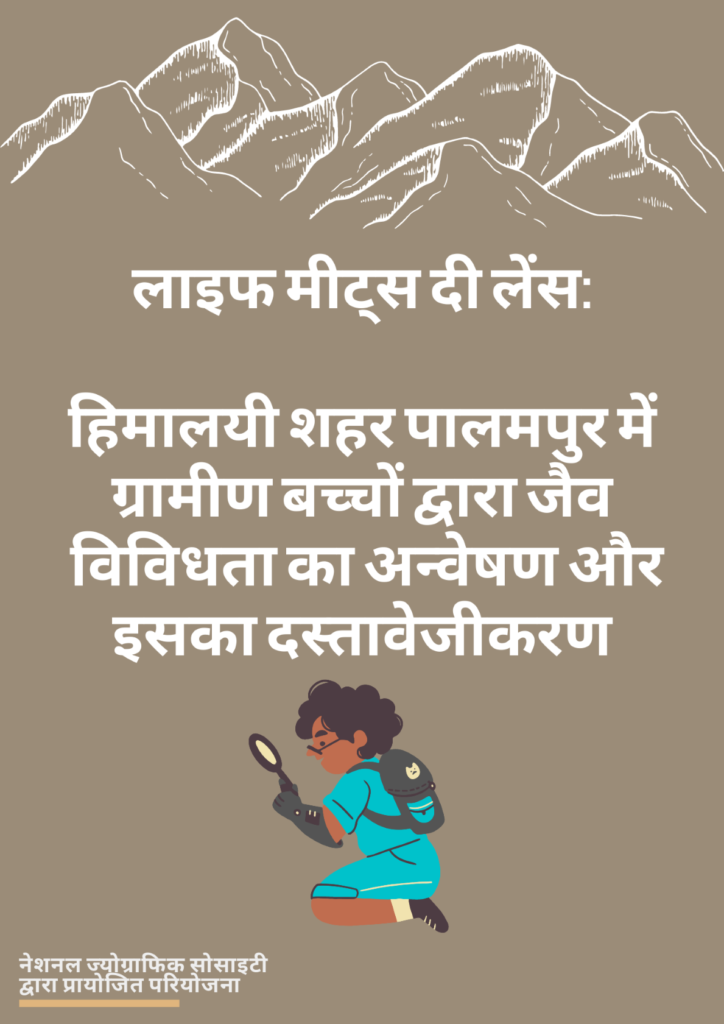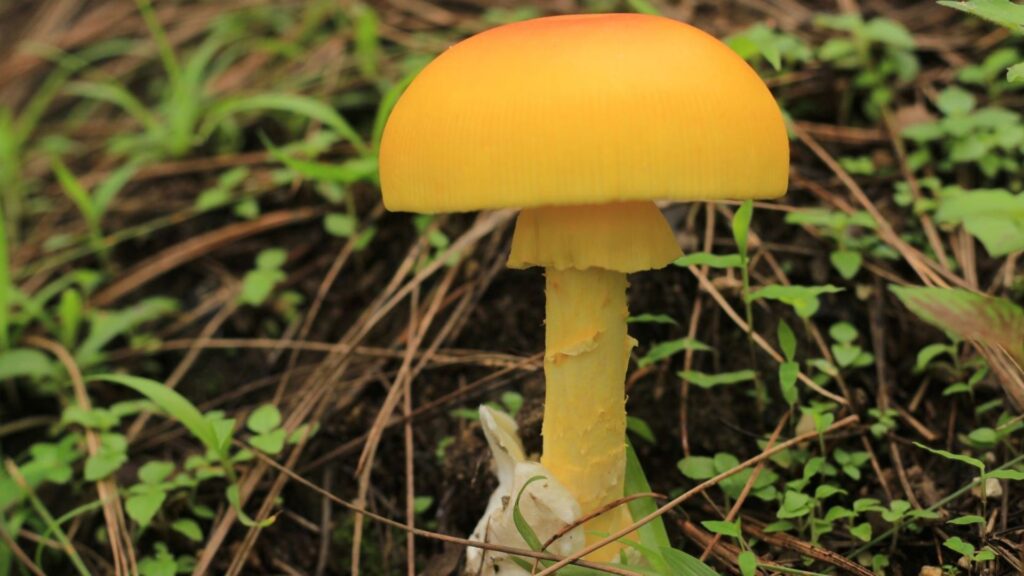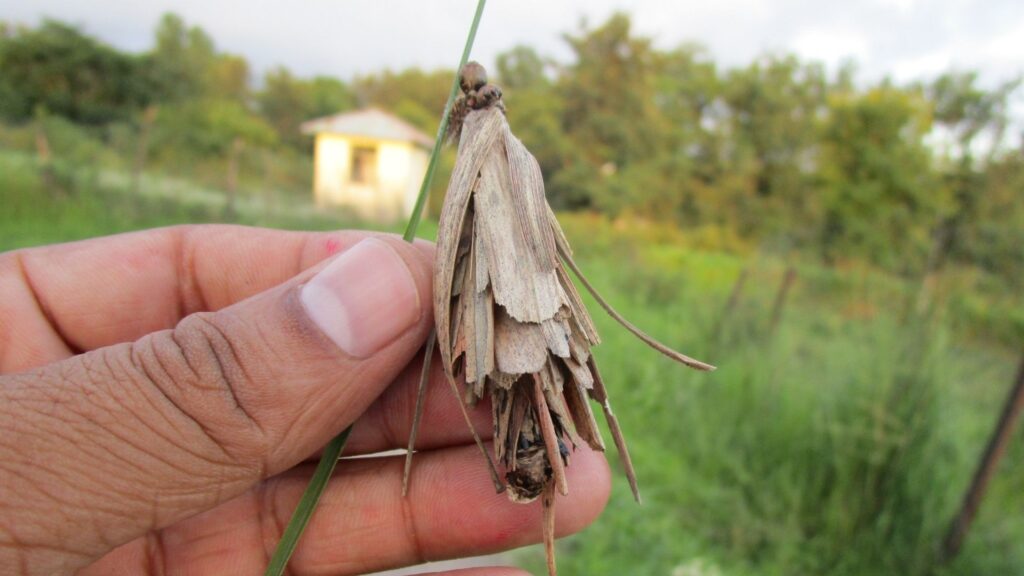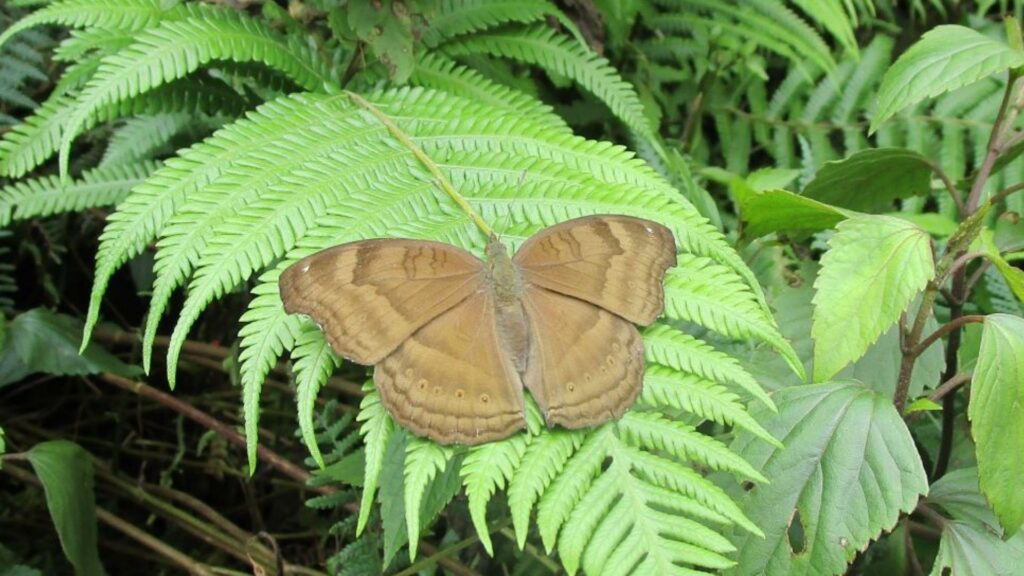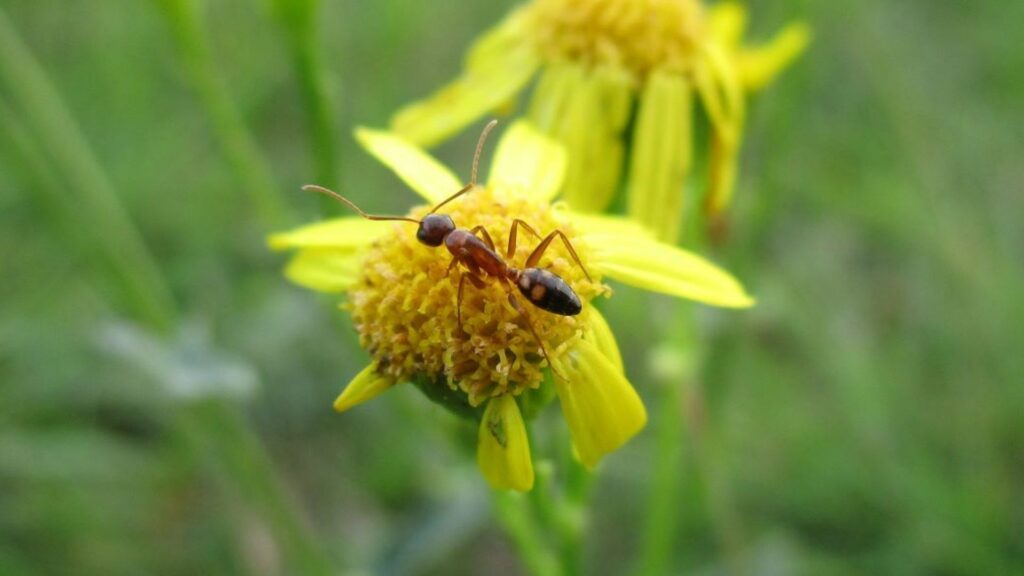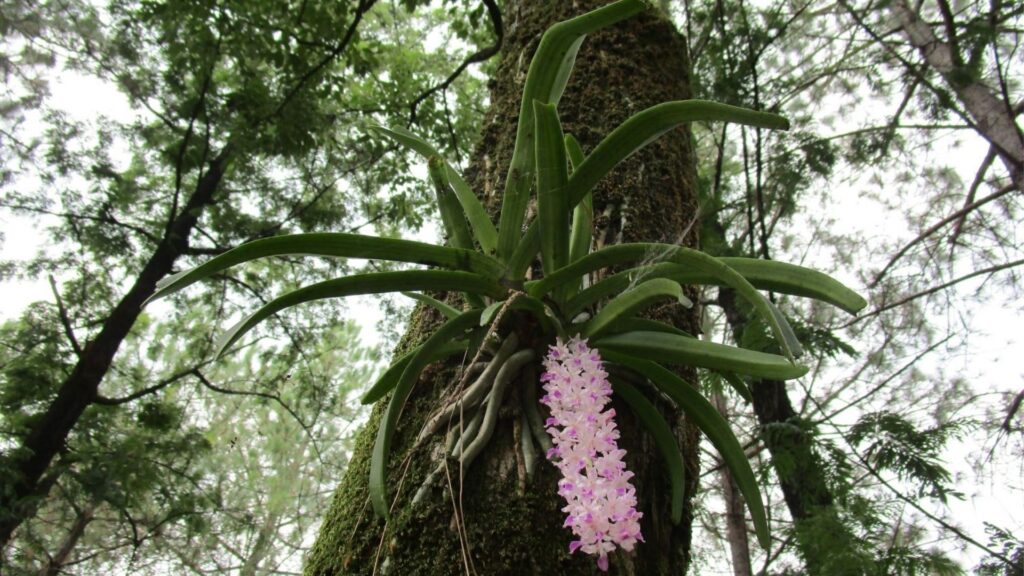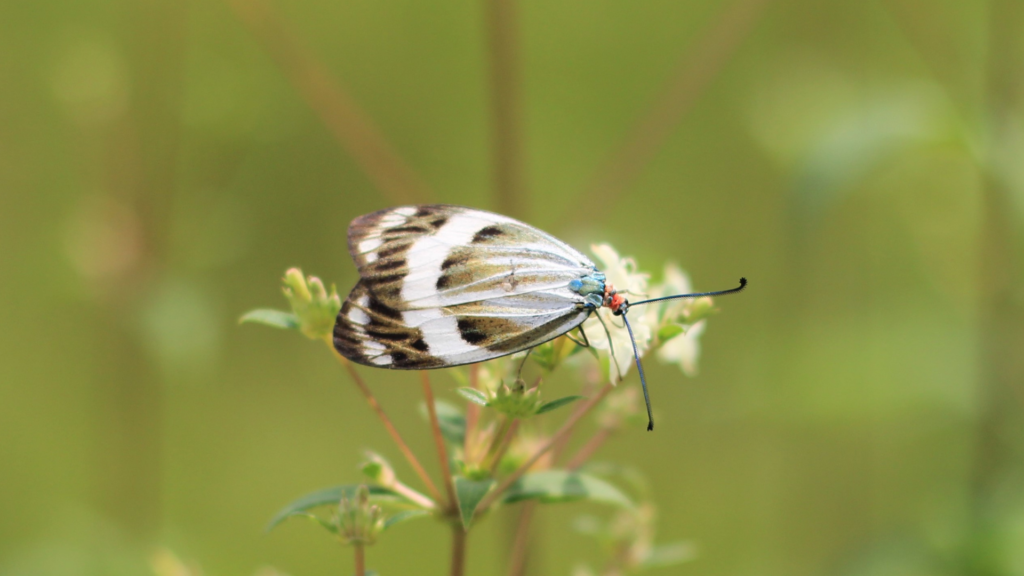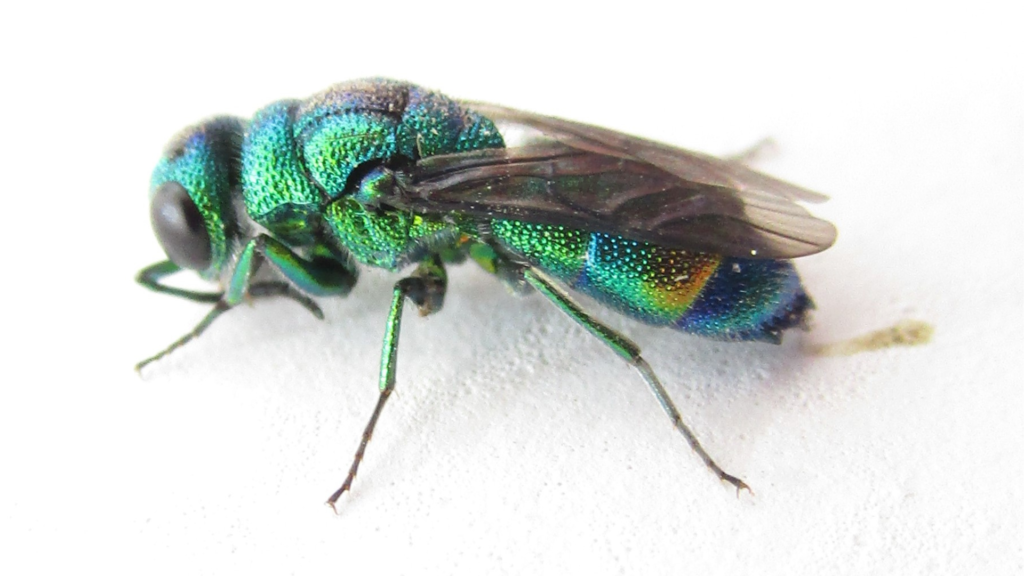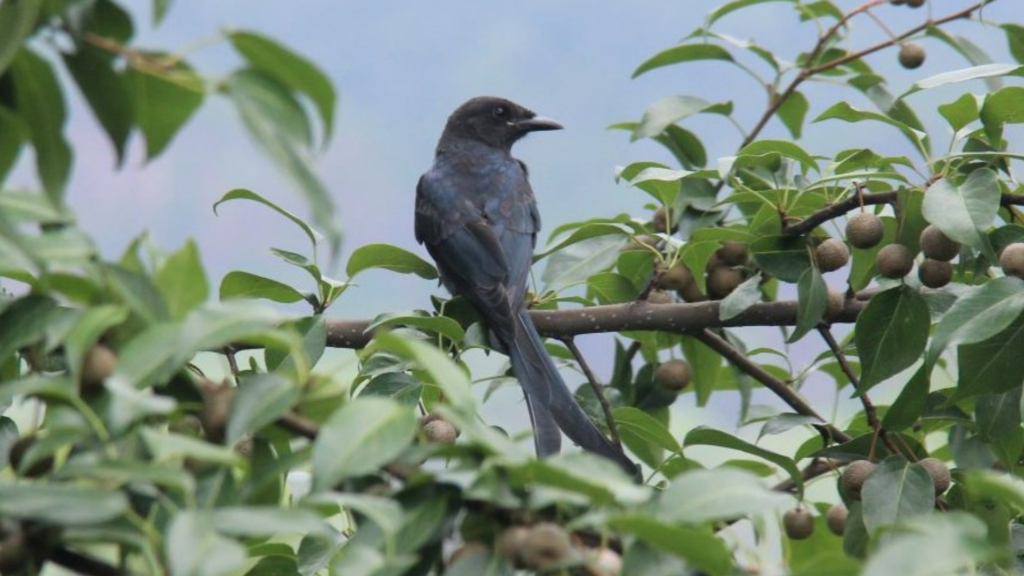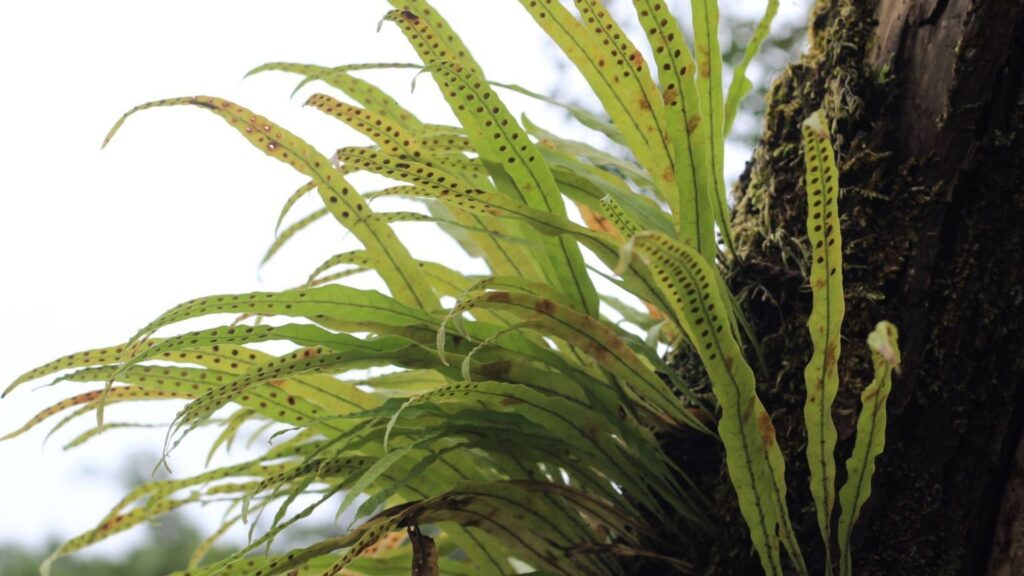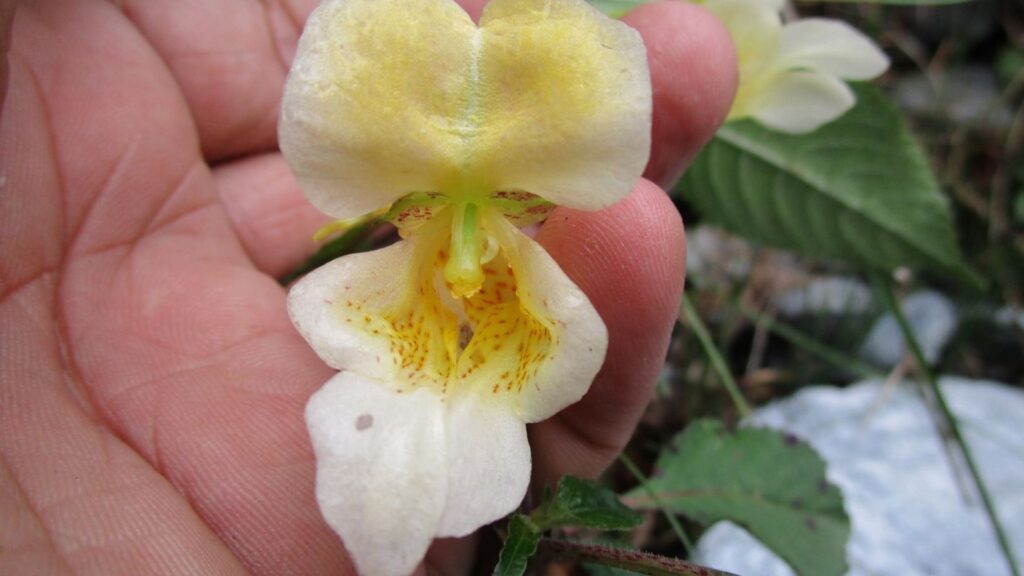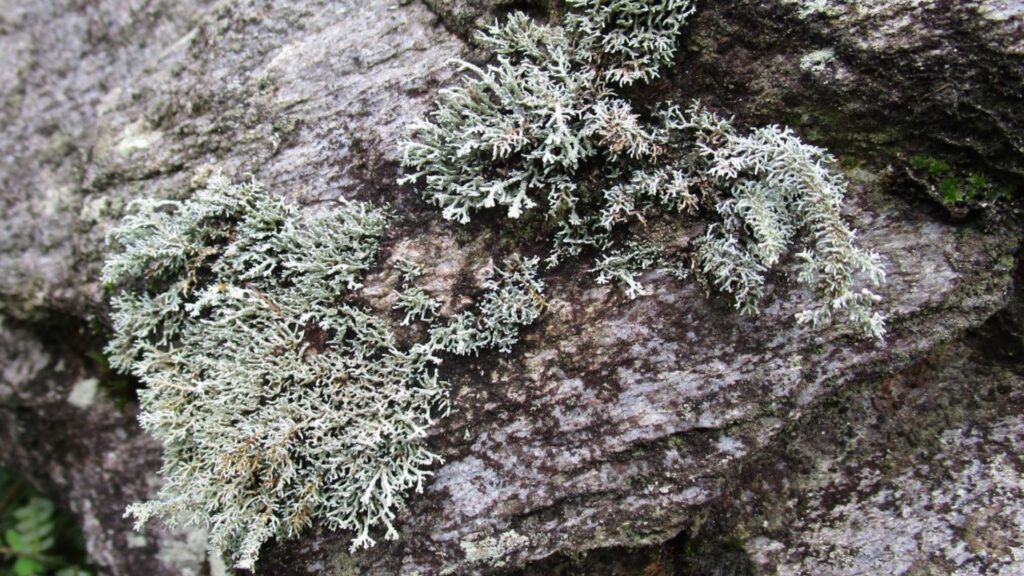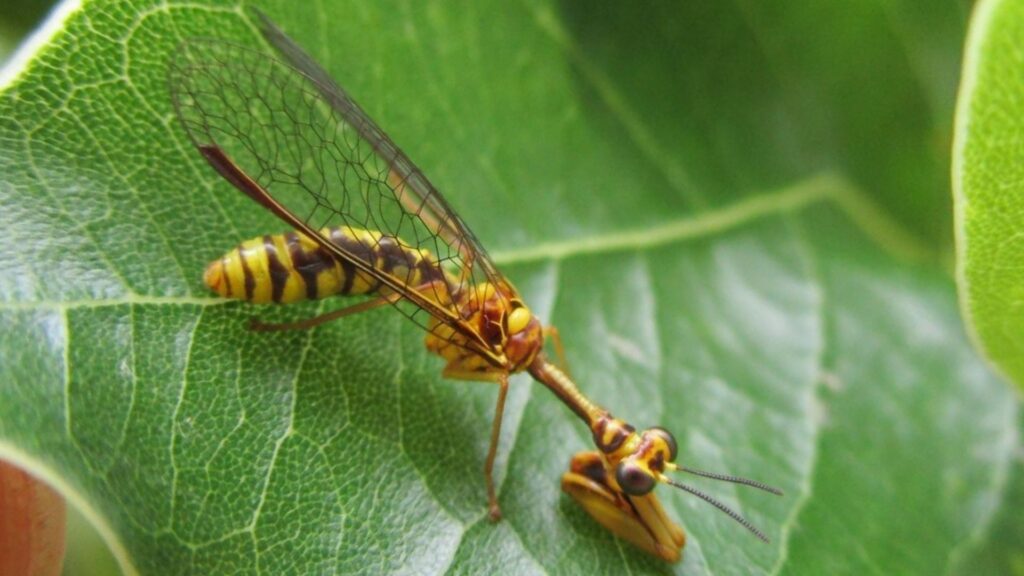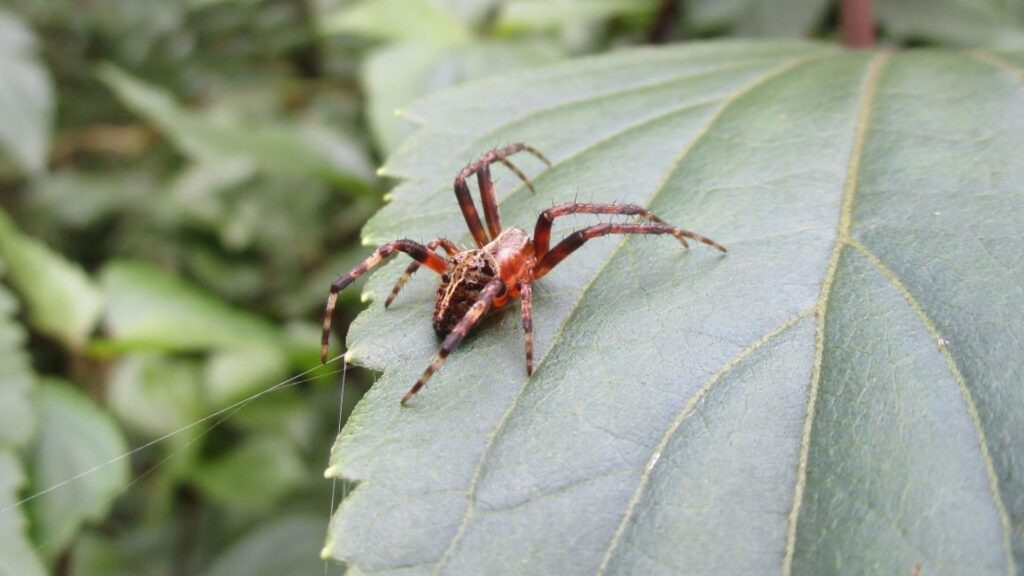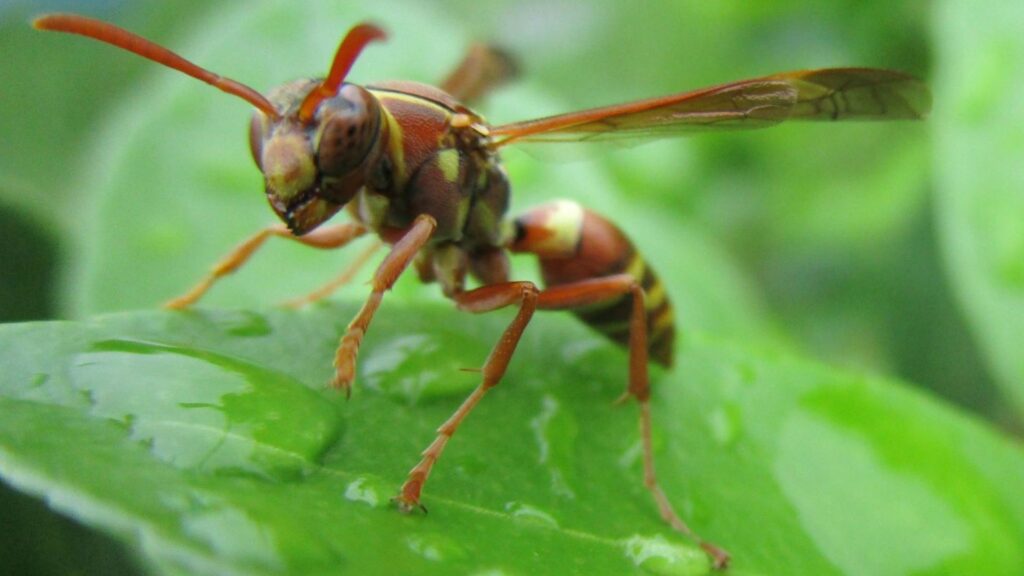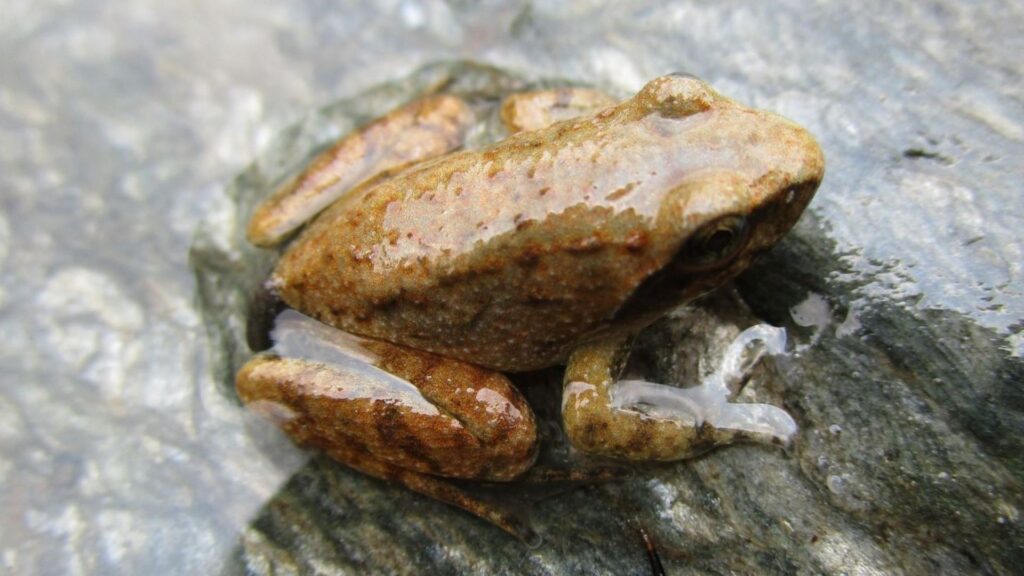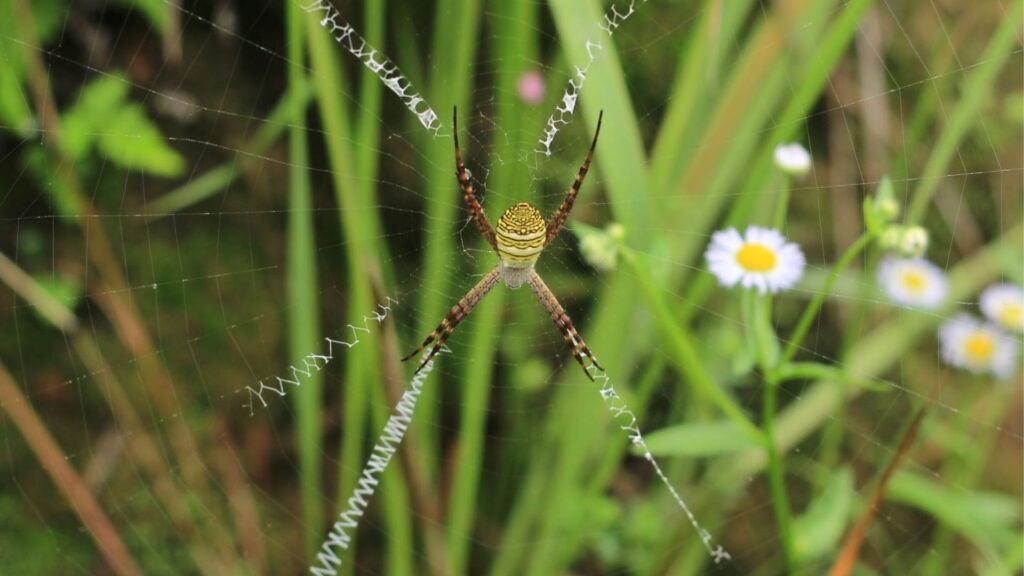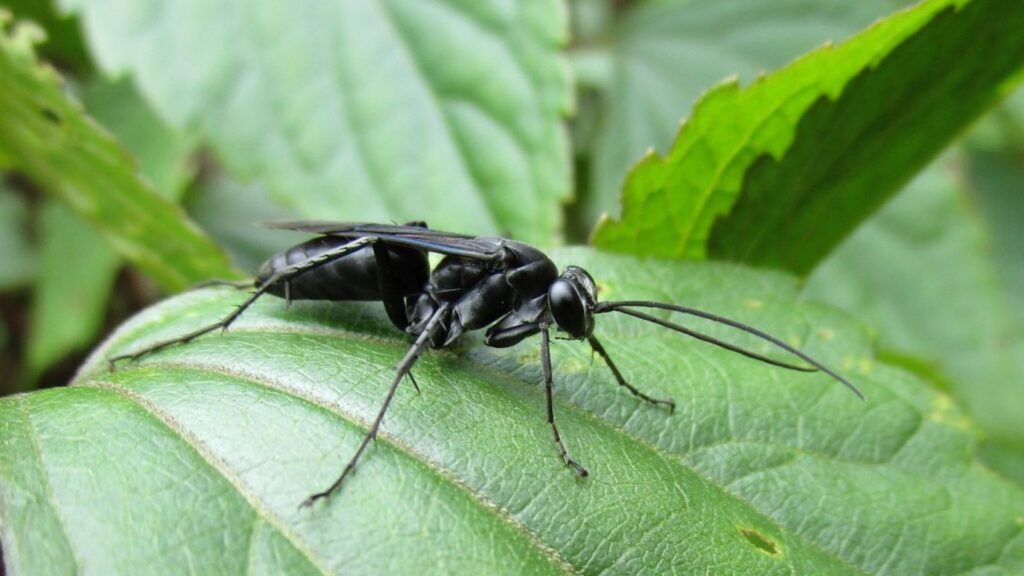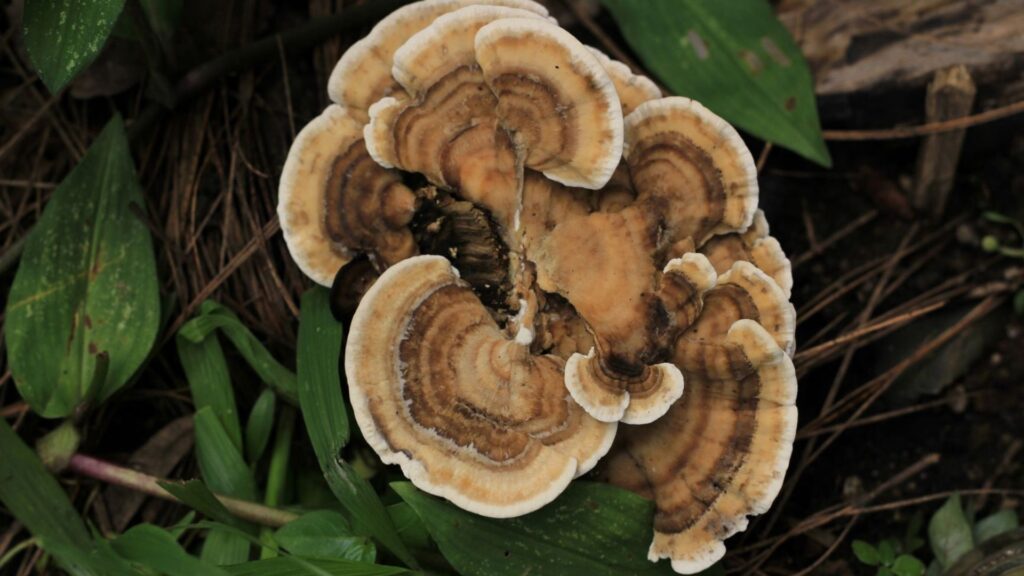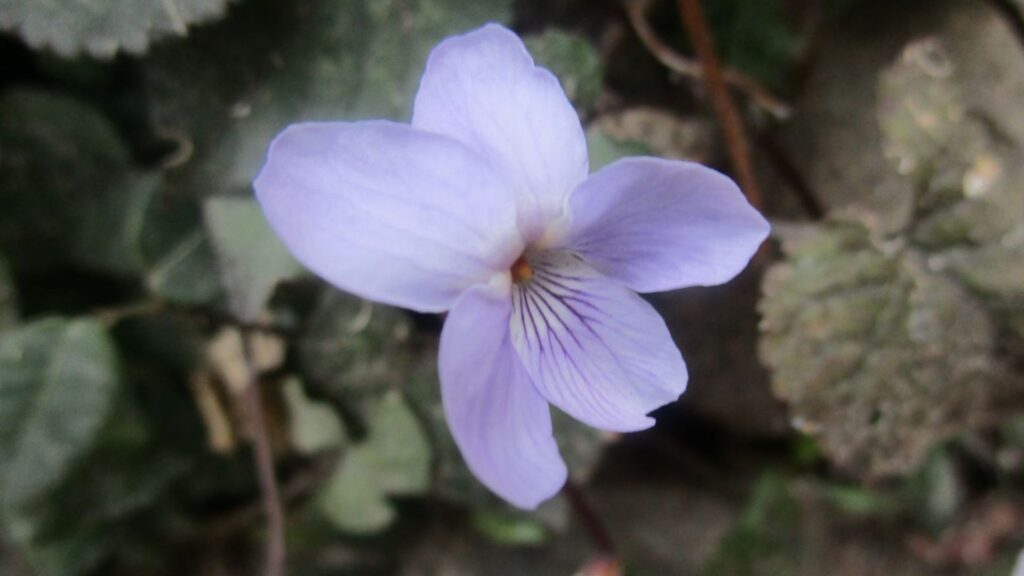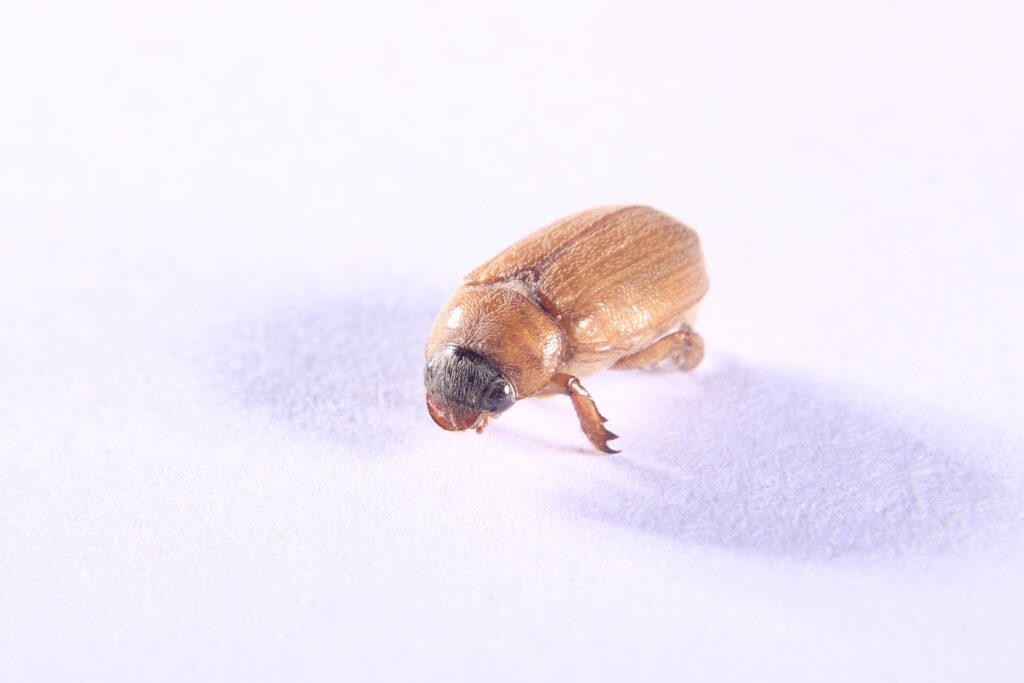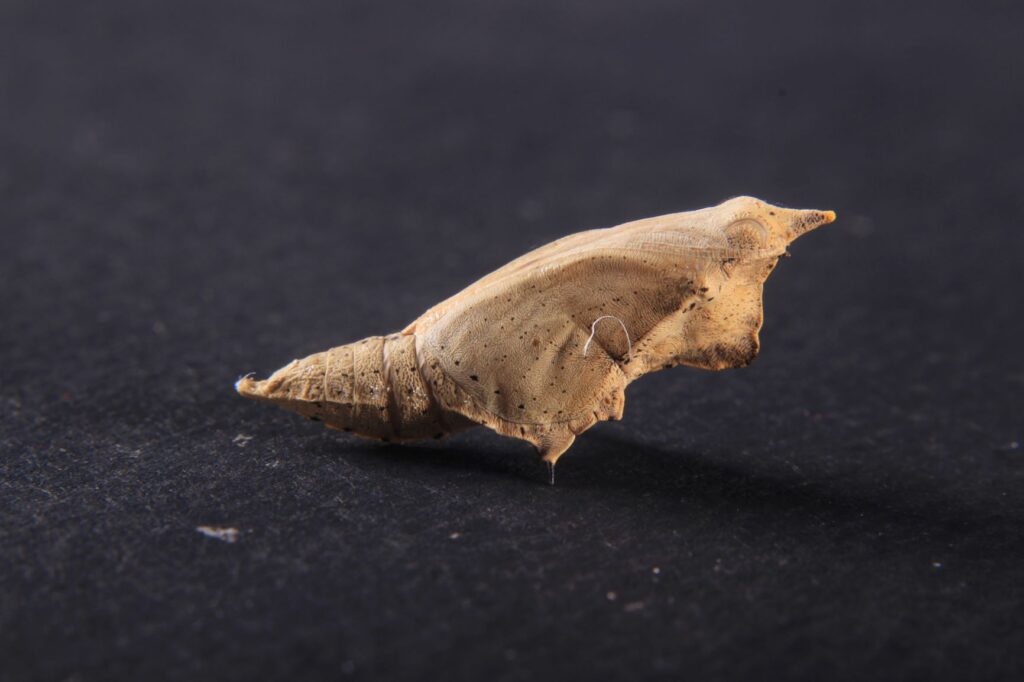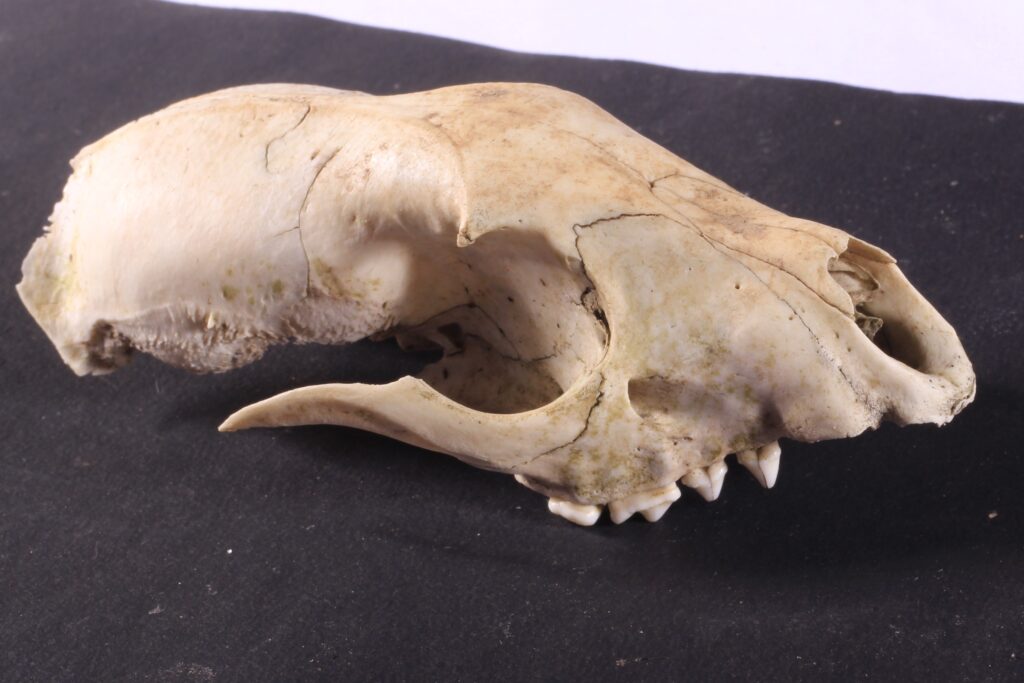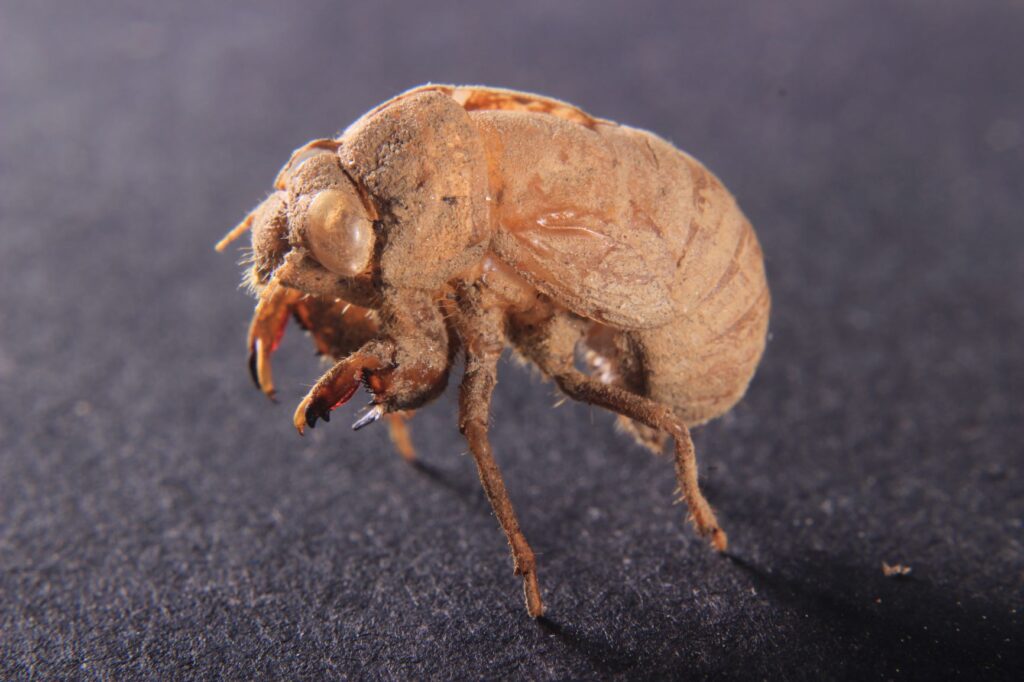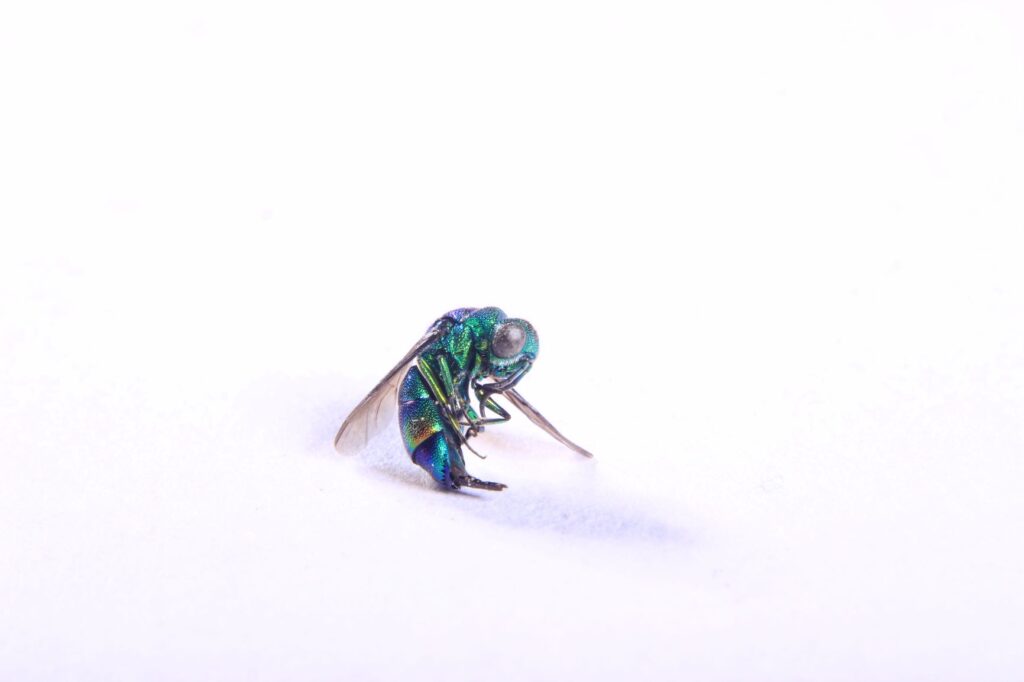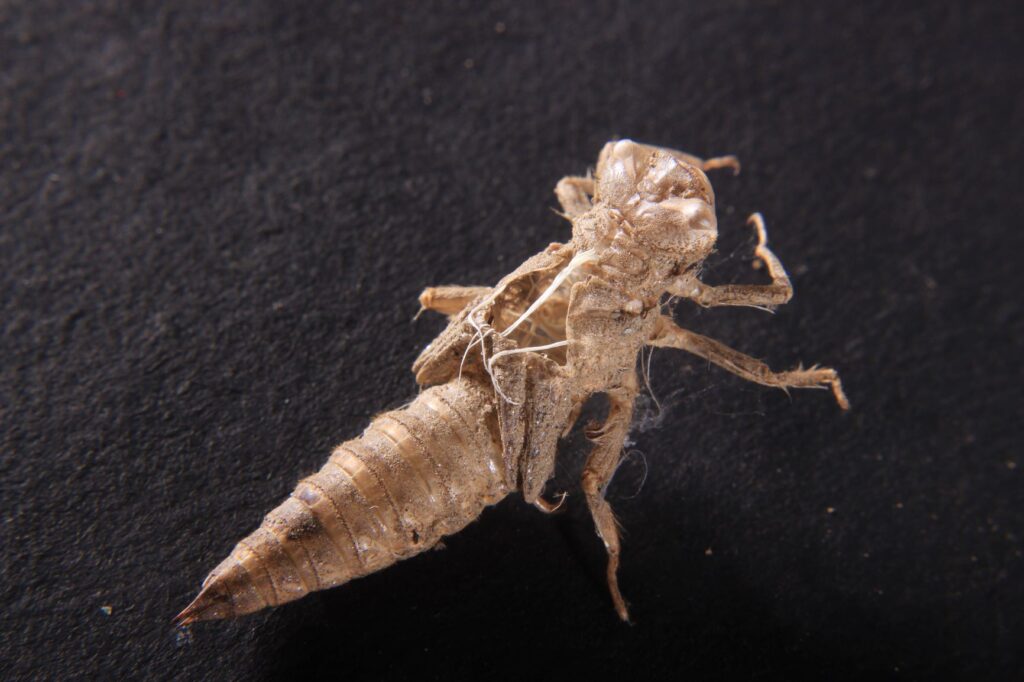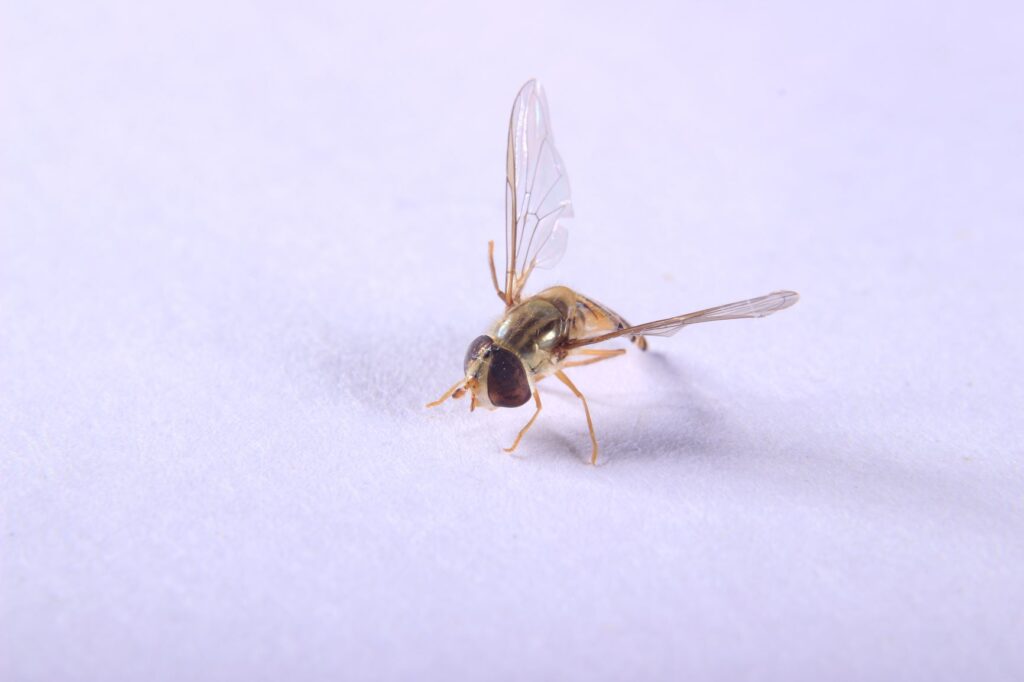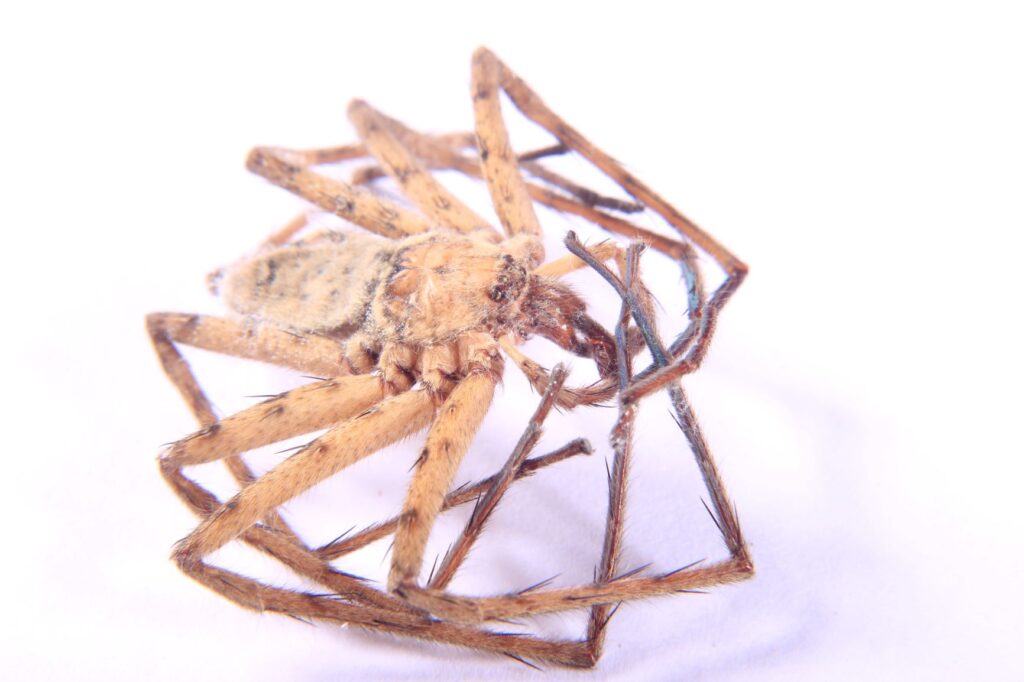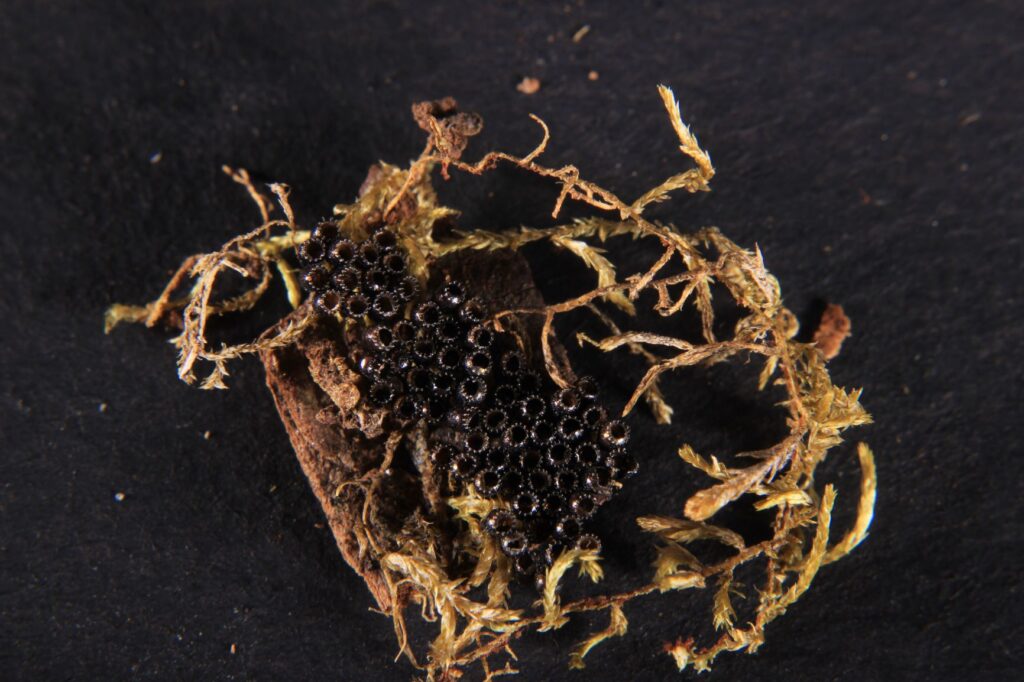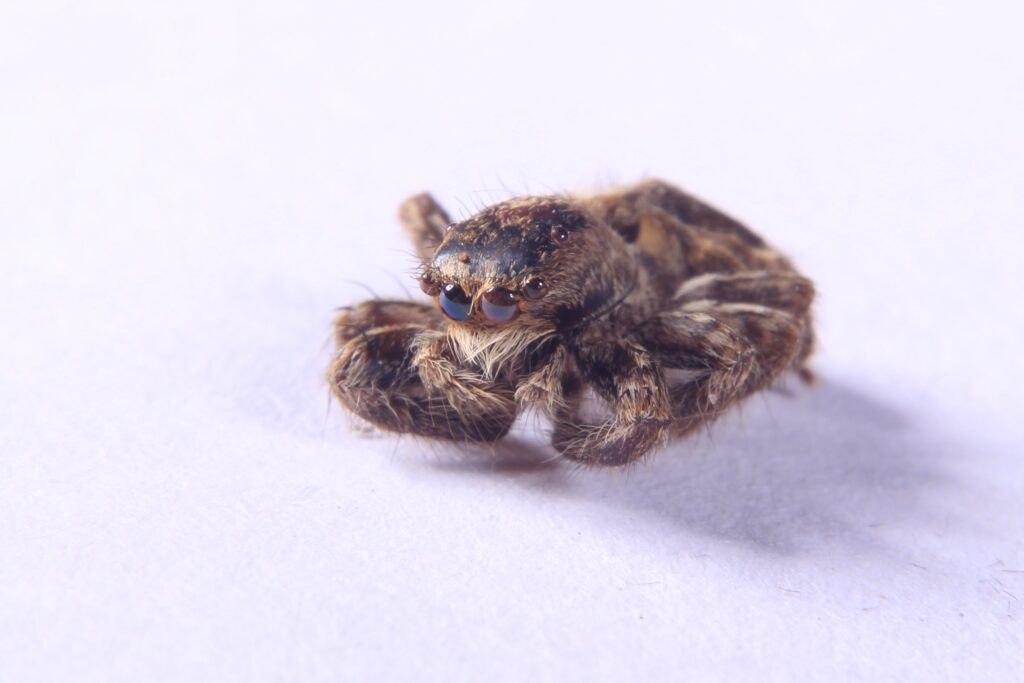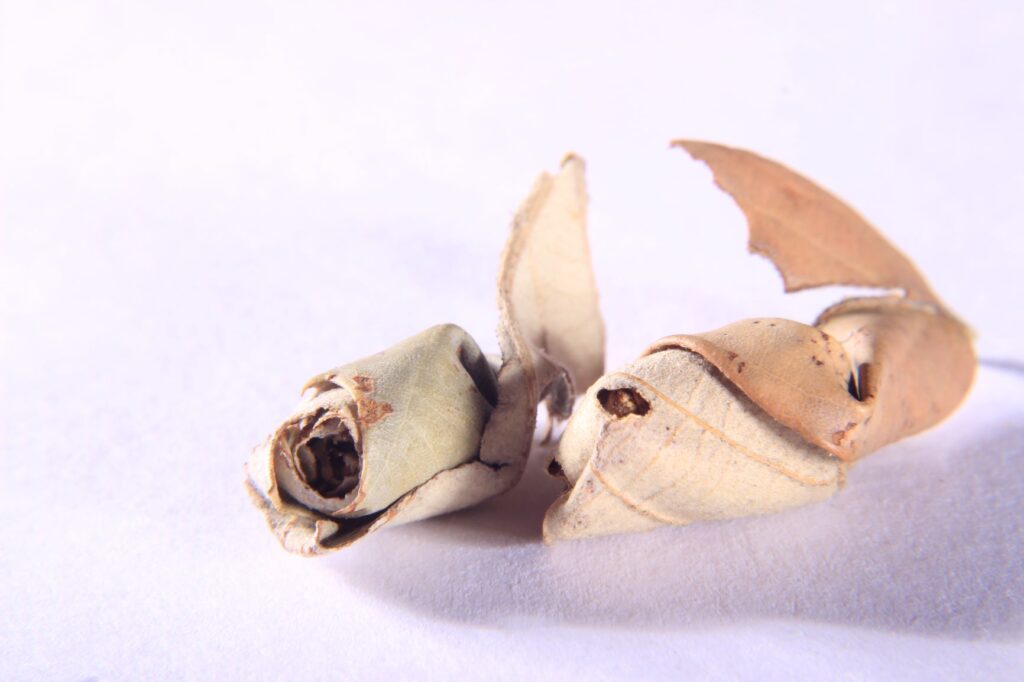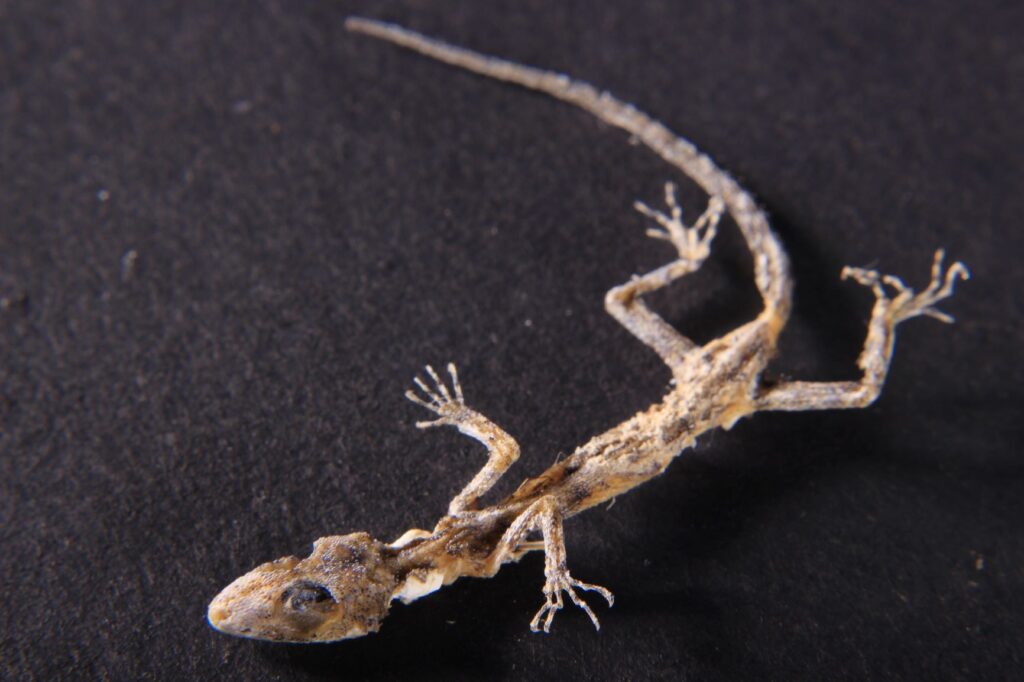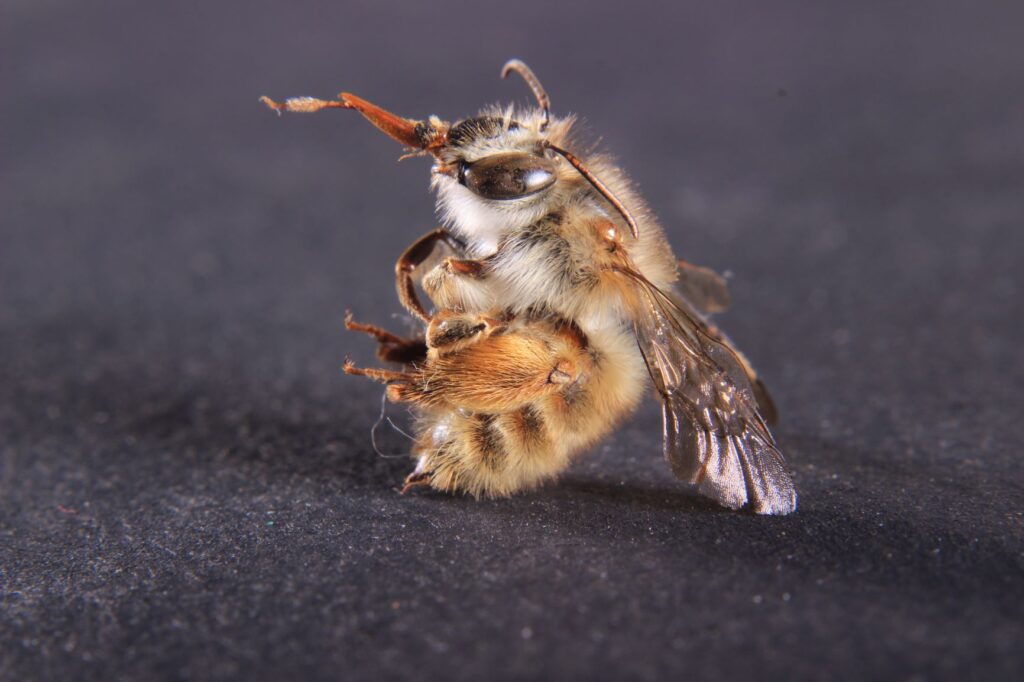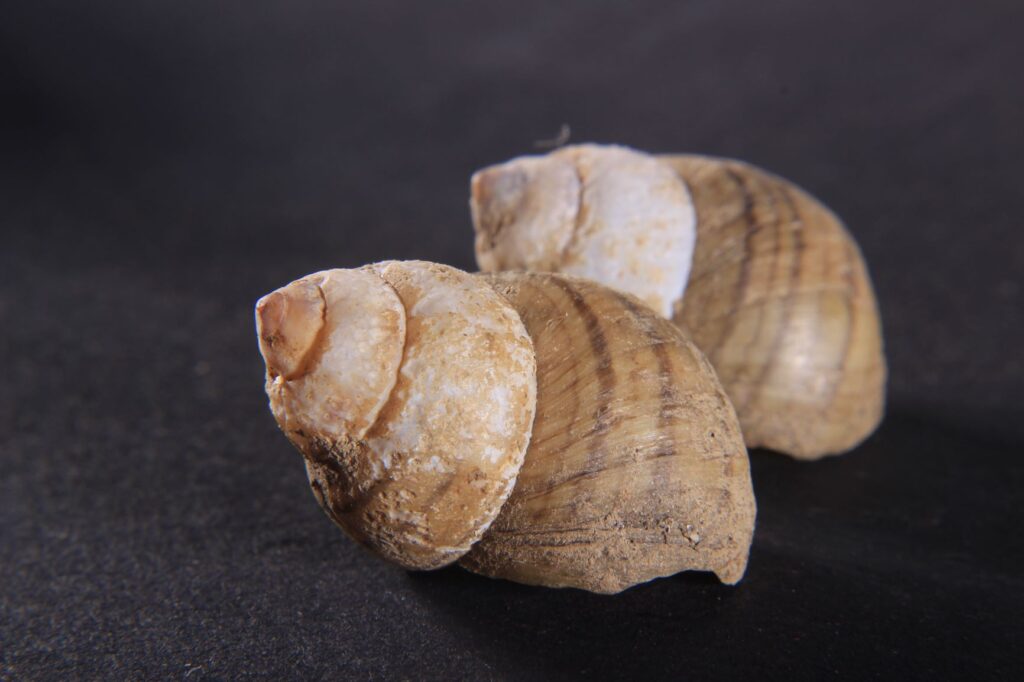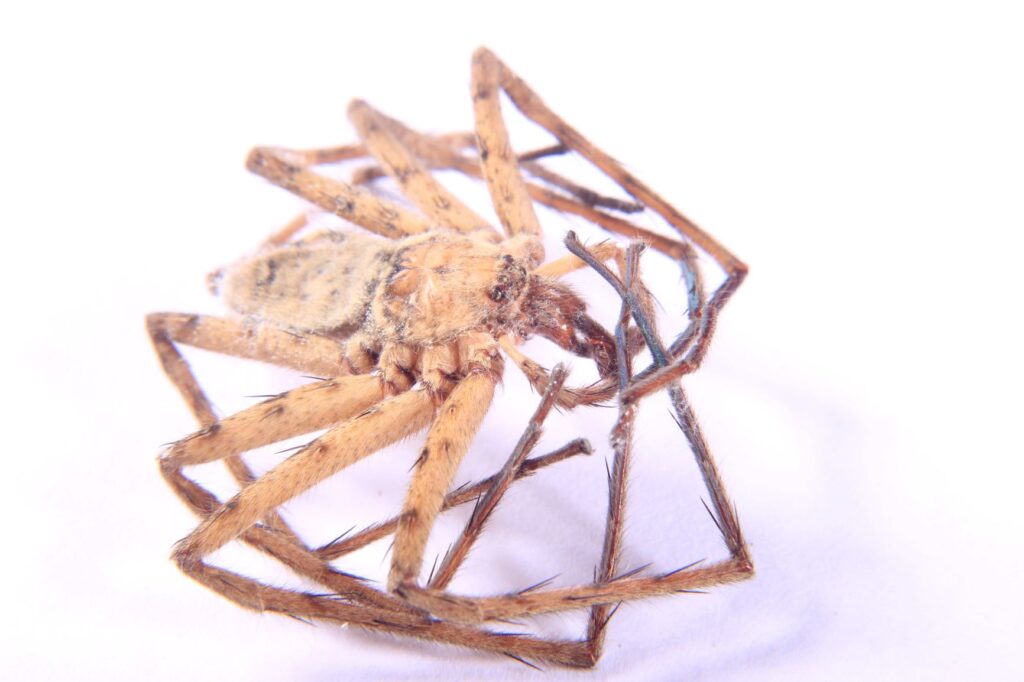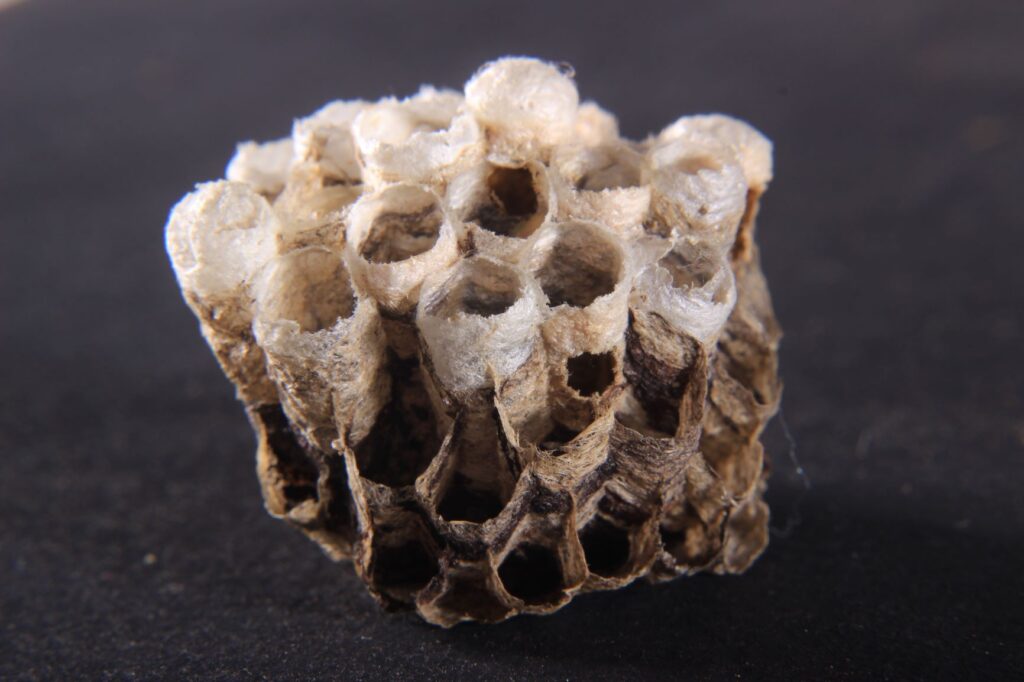Why students and why this age group?
After working with children for five years, we realized that, by this age, children’s minds have the highest curiosity to know the reason behind the things happening around them. And if from this age children are not only taught about nature through books, but if they experience it with their own eyes through experiential learning, then they will never be able to forget these experiences. Through this, they may be able to prevent activities that harm nature in the future or make careful decisions. When I (Project Leader) was at this age, I also wanted to know more about the natural world from people around me. Unfortunately, no one was either aware or interested. I wanted to ensure the students I worked with did not have to face such an issue.
How we selected them?
We reached out to more than 300 Students for this project through presentations. The project was shared with them during these sessions. Through an expression of interest and a short essay-based test and after the consent of the parents of the children, we selected these 20 children from over 200 children.
